Wildscaping for Wildlife
Thursday, July 16th, 2015This is Passport to Texas
Putting out feeders is one way to attract wildlife to your yard. A better way is to create a wildscape.
04-What a wildscape is, is landscaping for wildlife.
Ornithologist, Cliff Shackelford, says this includes native plants that provide food and shelter; most urban yards, however, traded native habitat for lawns.
18- So, any little help you can [give] by putting in a wildscape really helps. And even if you don’t have a yard, you can do a wildscape on your patio with pots. I have seen hummingbirds go up to the 6th floor balcony of condos where someone has showy plants that say, “hummingbird come up here.”
A variety of berry and nectar producing plants will draw wildlife to your yard–or balcony.
17- You want to always stick to natives because they’re acclimated to the soil and the weather and the rainfall that you’re going to give them. And then, you want to make sure that they have some value to wildlife: that they’re going to give you the nectar to attract butterflies; they’re going to have
berries at the right time when the cedar waxwings come, and so forth.
Fall is the best time to plant native trees, woody shrubs and perennials. But you can start planning your wildscape now.
That’s our show– Funding provided in part by Ram Trucks. Guts. Glory. Ram
For Texas Parks and Wildlife…I’m Cecilia Nasti.
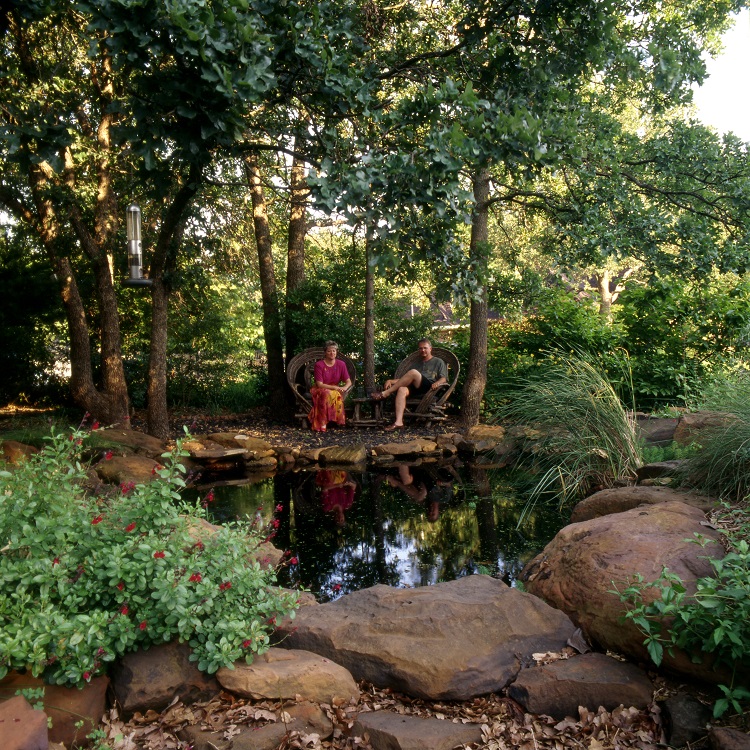

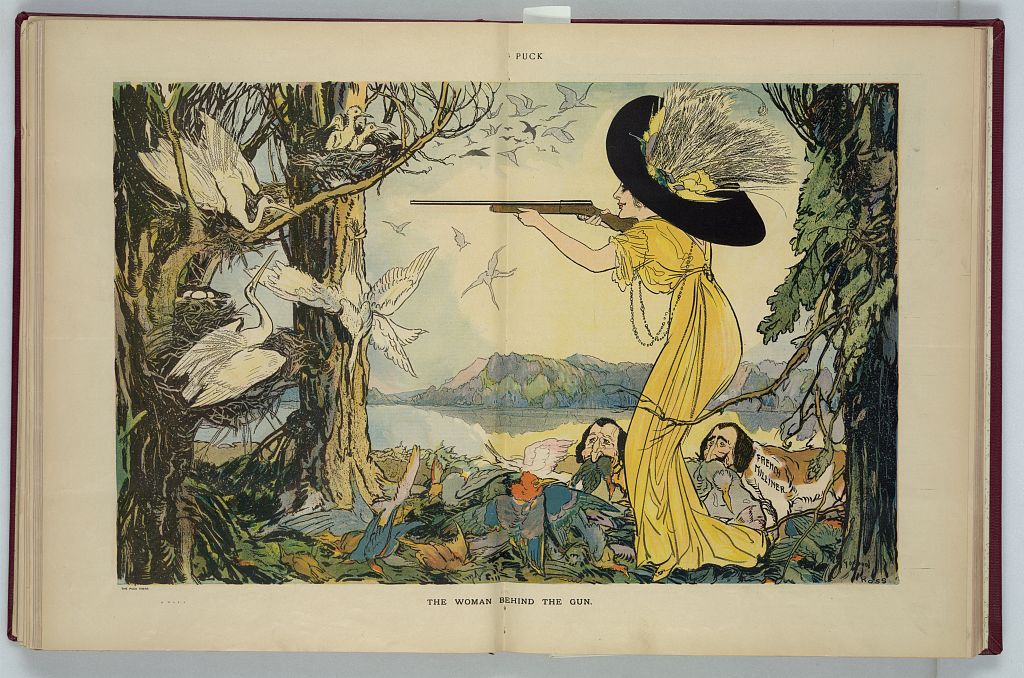
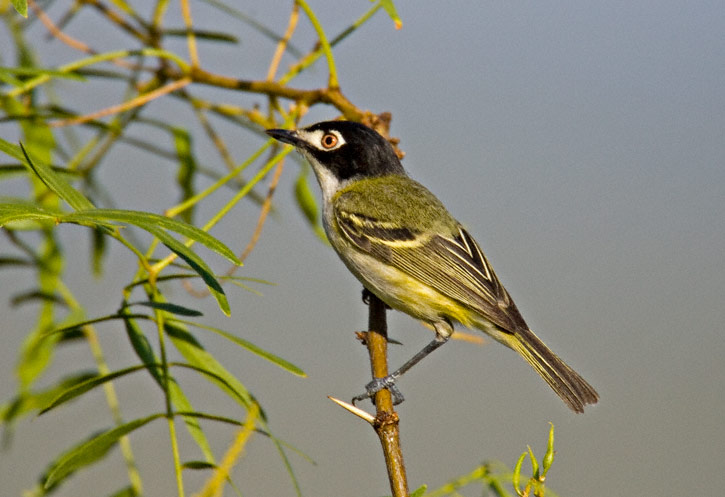
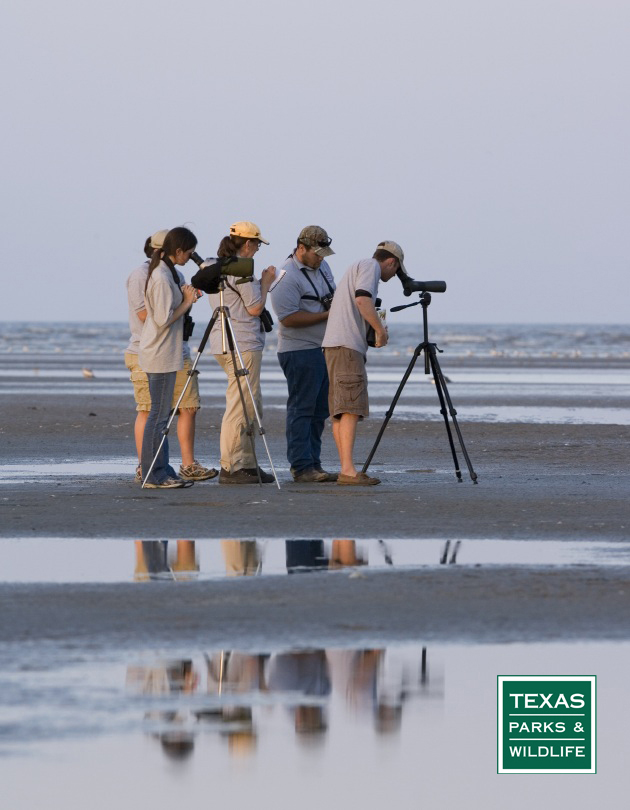
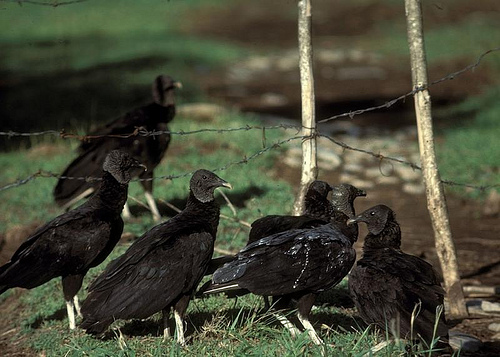

 Passport to Texas is a
Passport to Texas is a  Passport to Texas is made available by:
Passport to Texas is made available by: